Disaster for Americans at Penobscot Bay
As darkness fell in Penobscot Bay on August 13, 1779, the American soldiers and sailors in Penobscot Bay realized they were trapped by the newly arrived British fleet under Admiral Sir George Collier. With disaster staring them in the face, General Solomon Lovell, commander of the militia, and Commodore Dudley Saltonstall, the navy commander, displayed an energy that had been absent for much of the past three weeks.
At midnight, Lovell ordered his men to evacuate their positions on the Bagaduce plateau and remove themselves and all their equipment to the twenty-five transport ships anchored just off the beach. Incredibly, by 5:00am, 750 militiamen and marines, their four cannons brought so painstakingly up the steep cliffs at the start of the campaign, and all the other accoutrements of war were on board the transports.
They weighed anchors and, with a very light breeze, began to move north towards the mouth of the Penobscot River, seven miles up the bay. The Penobscot is a 109-mile-long river that runs deep into the heart of Maine. For about twenty miles from its broad mouth the river gradually narrows, and it was here, along the highlands bordering the river, that General Lovell hoped to make a stand.
The emergency seemed to inspire Commodore Saltonstall and, while the transports were getting underway, he aligned his nineteen warships in a defensive crescent between the vulnerable transports and the British warships. At this point, Saltonstall’s ships outgunned Collier’s by an almost two to one margin, 350 cannons to 182. Moreover, the position taken up by Saltonstall allowed all his guns to bear on the British at the same time, while the British would have to attack piecemeal.
By mid-morning on August 14, circumstances seemed to indicate not all was lost for the Americans. The transports were slowly getting closer to the mouth of the river, and they were protected by nineteen well-placed warships. But Lovell had seen too much of Saltonstall’s timidity over the past three weeks and went on board Warren, the Commodore’s ship, to give him encouragement. Shockingly, Saltonstall informed Lovell he intended to break his defensive position and order his ships to flee, every man for himself. Lovell was stunned and pleaded that to do so would endanger all the men on the defenseless transports, but Saltonstall was adamant, and issued his orders.
Admiral Collier’s small flotilla, now about two miles away, stared in disbelief as the strong American line dissolved before their eyes. What should have been a very painful affair for Collier’s ships turned into a chase. Saltonstall’s faster warships (they hardly deserved that name) sped past the slower transports they were assigned to protect, shouting for them to get out of their way. Not one American warship turned and fired a volley at the Brits but instead fled pell-mell into the mouth of the river.
The transports were now on their own with their supposed protectors racing ahead of them and the Brits coming on fast. The commanders of the transport vessels did the only thing they could do and ordered the ships to the west bank. Here, once beached, the men went over the sides and the ships were burned to prevent them from falling into enemy hands.
While over 1,000 soldiers and sailors huddled along the riverbank, their two leaders, General Lovell and Commodore Saltonstall, were several miles upriver aboard their vessels. Although Brigadier General Peleg Wadsworth, the second in command, raced back down the river to organize a defense, it was no use. In his words, “The troops were chiefly dispersed or gone back into the woods and the rest not to be commanded.” The next day, Wadsworth and the men secured whatever baggage they had and headed west towards Boston.
As the merciful night finally came and put an end to this day of maritime disaster, all hope for the remaining warships and the army was still not lost. Nineteen American warships were strung out over a dozen miles of river, but they were intact, manned, and well-armed, including Saltonstall’s flagship Warren.
The next morning, Lovell finally found Saltonstall and proposed several defensive measures to salvage the situation and save what they could of the army and the navy. Saltonstall agreed to not burn his ship just yet and Lovell continued along the river rallying support from other ship captains and locating bluffs along the Penobscot River on which cannons could be mounted. Finally, at one in the morning, after a full day of persuasion, Lovell turned in for the night, confident his work would be well rewarded.
Unfortunately, that was not the case. Soon after first light on the 16th, one American ship captain after another, including Commodore Saltonstall, decided to abandon and burn their ships, sending the crews ashore to start the long walk home. Inconceivably, the entire American fleet, all 44 ships, the largest ever assembled by the United States during the war, was gone; and this without any shots being fired by either side.
Next week, we will discuss the closing scenes of the Penobscot Expedition. Until then, may your motto be “Ducit Amor Patriae,” love of country leads me.

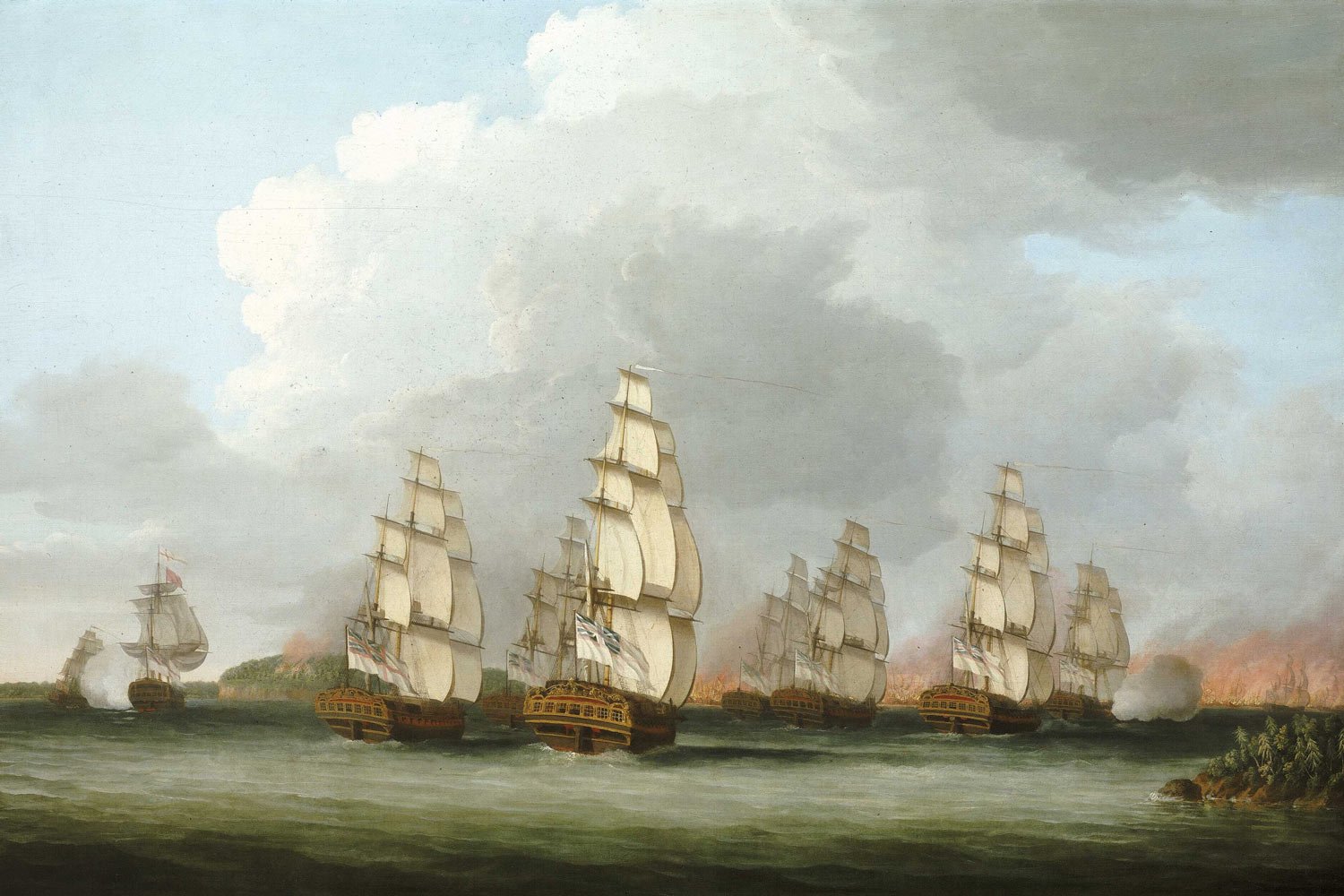




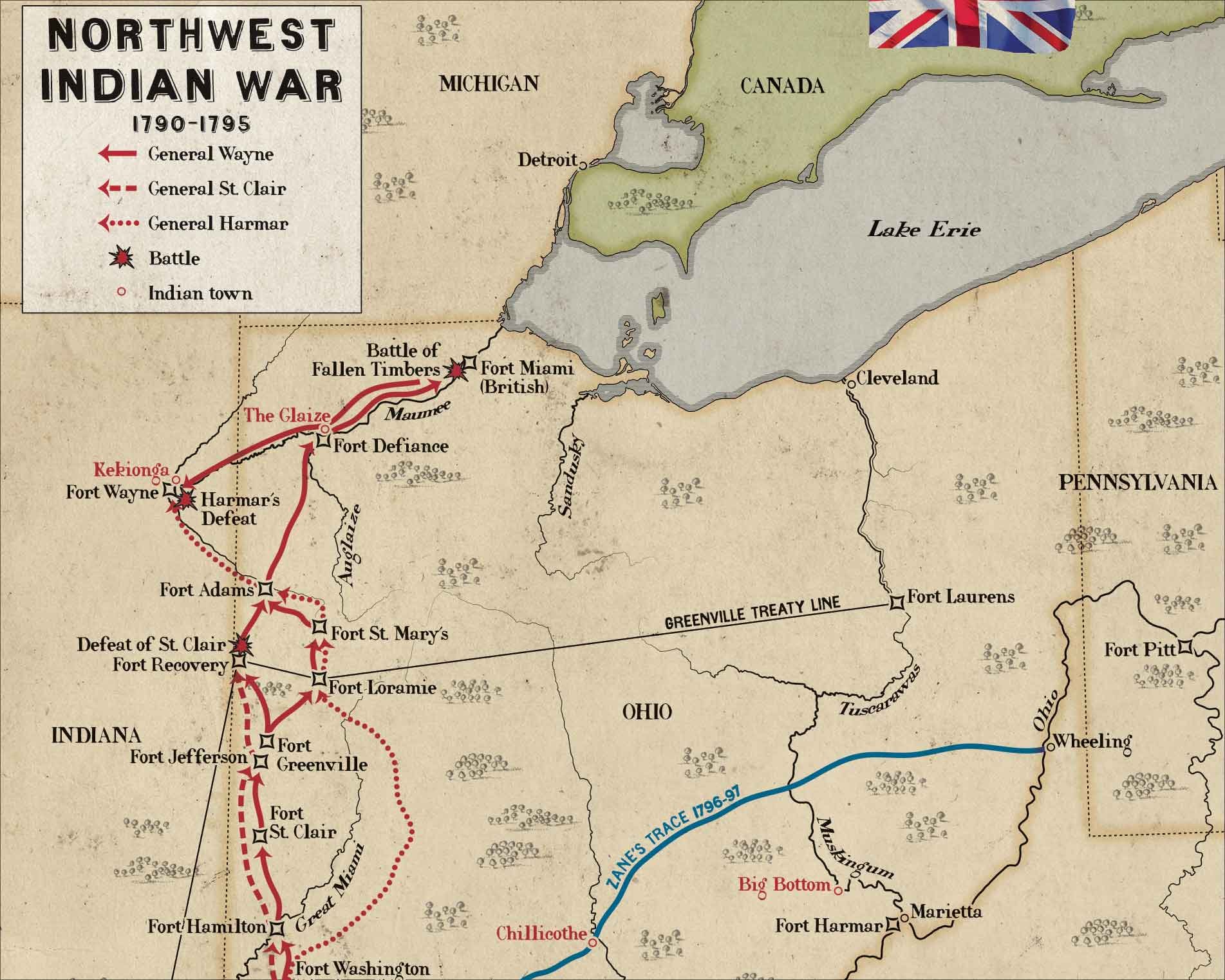
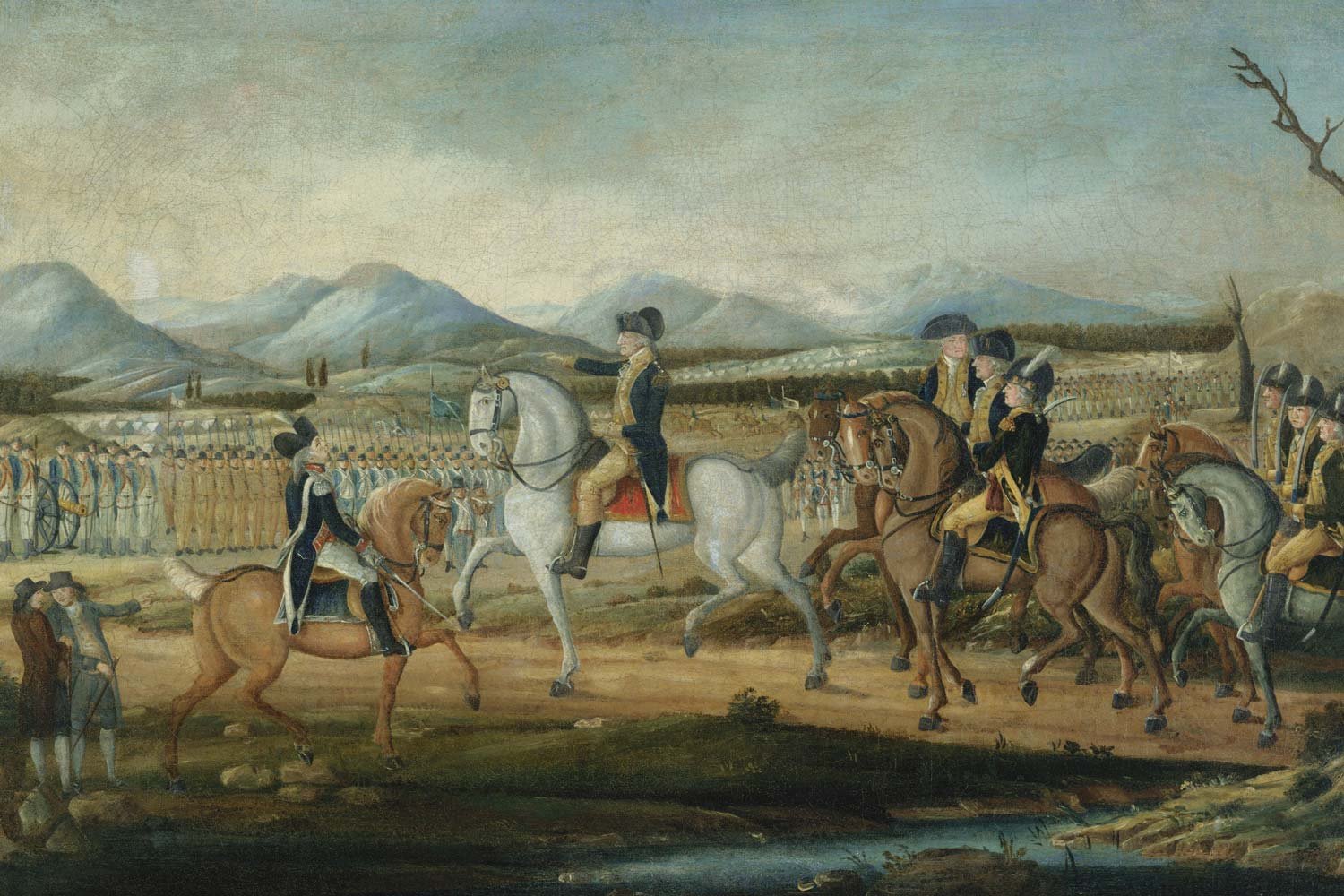
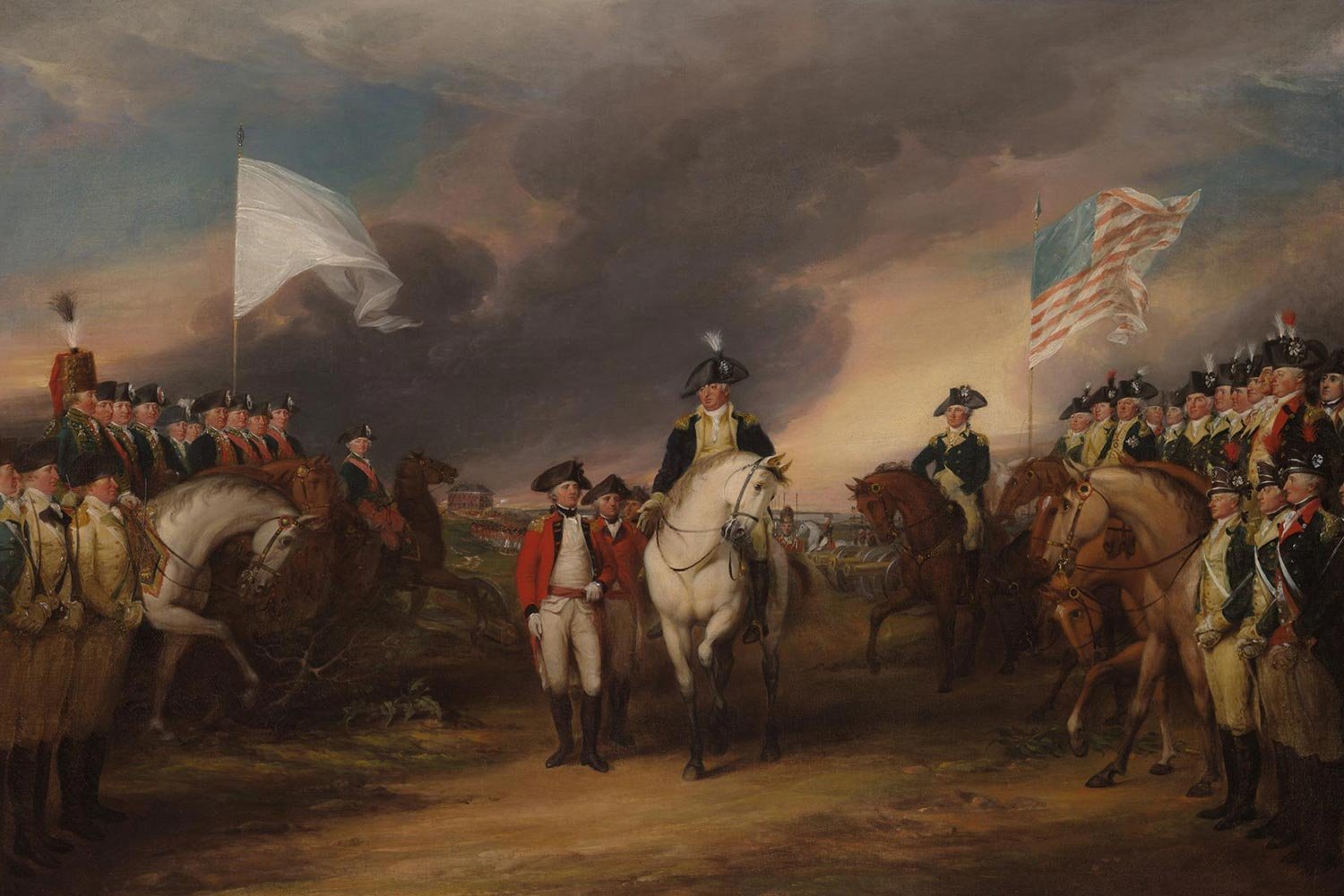
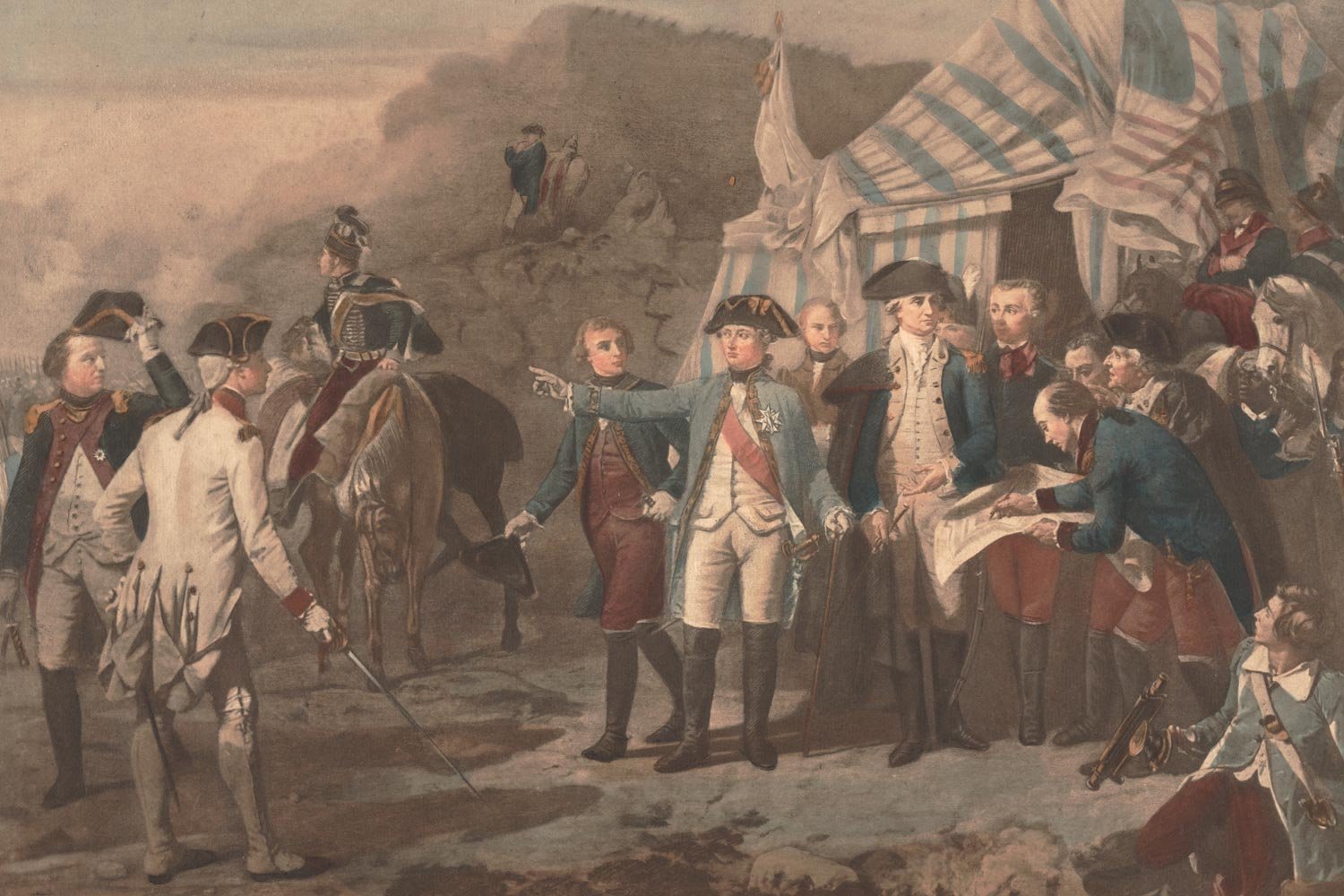
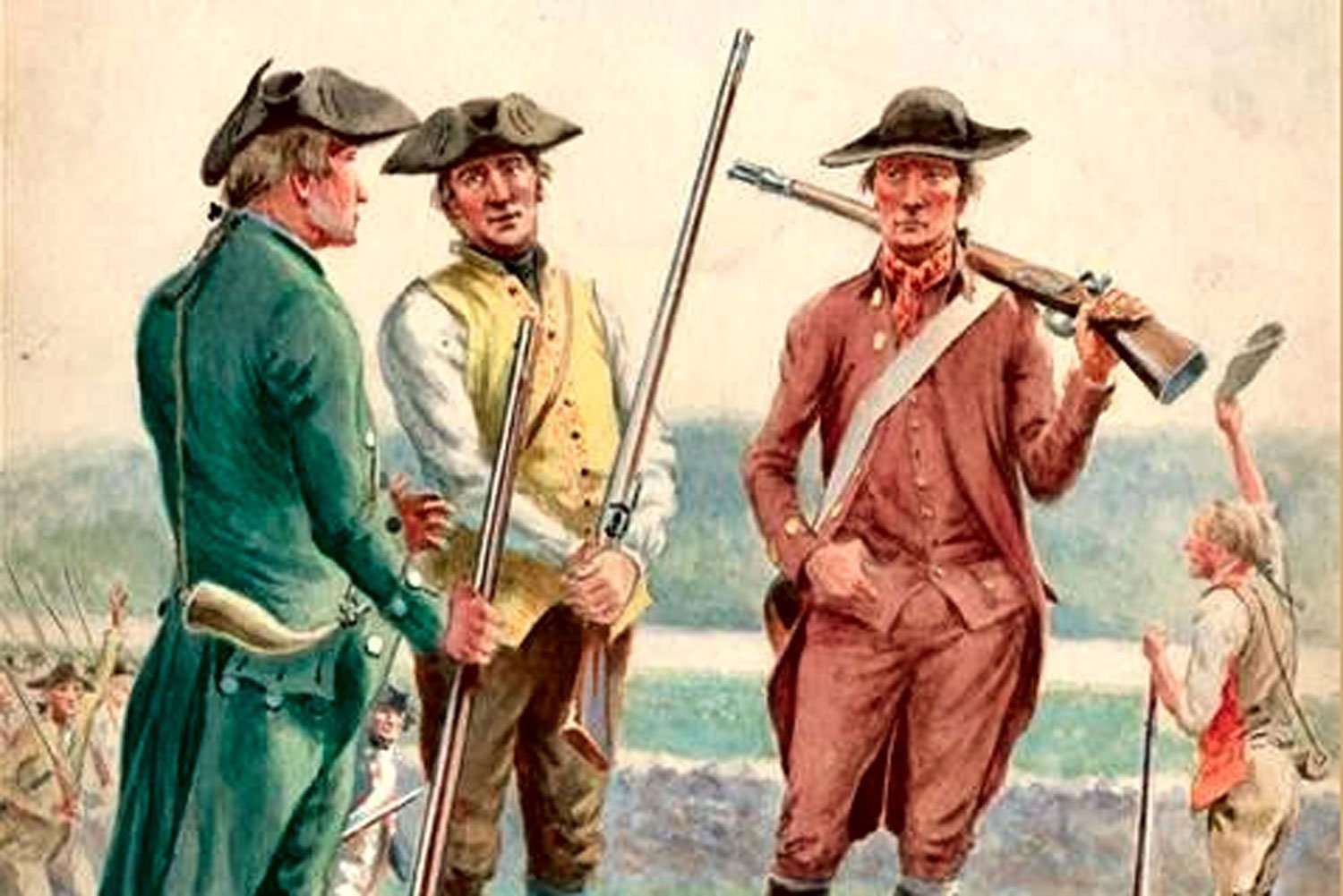
The only fighting in the Quasi-War occurred at sea, and mostly in the Caribbean. But with war at a fever pitch and French interests so close by in Louisiana, there was a very real concern in Congress about a possible French invasion of the United States from the west.